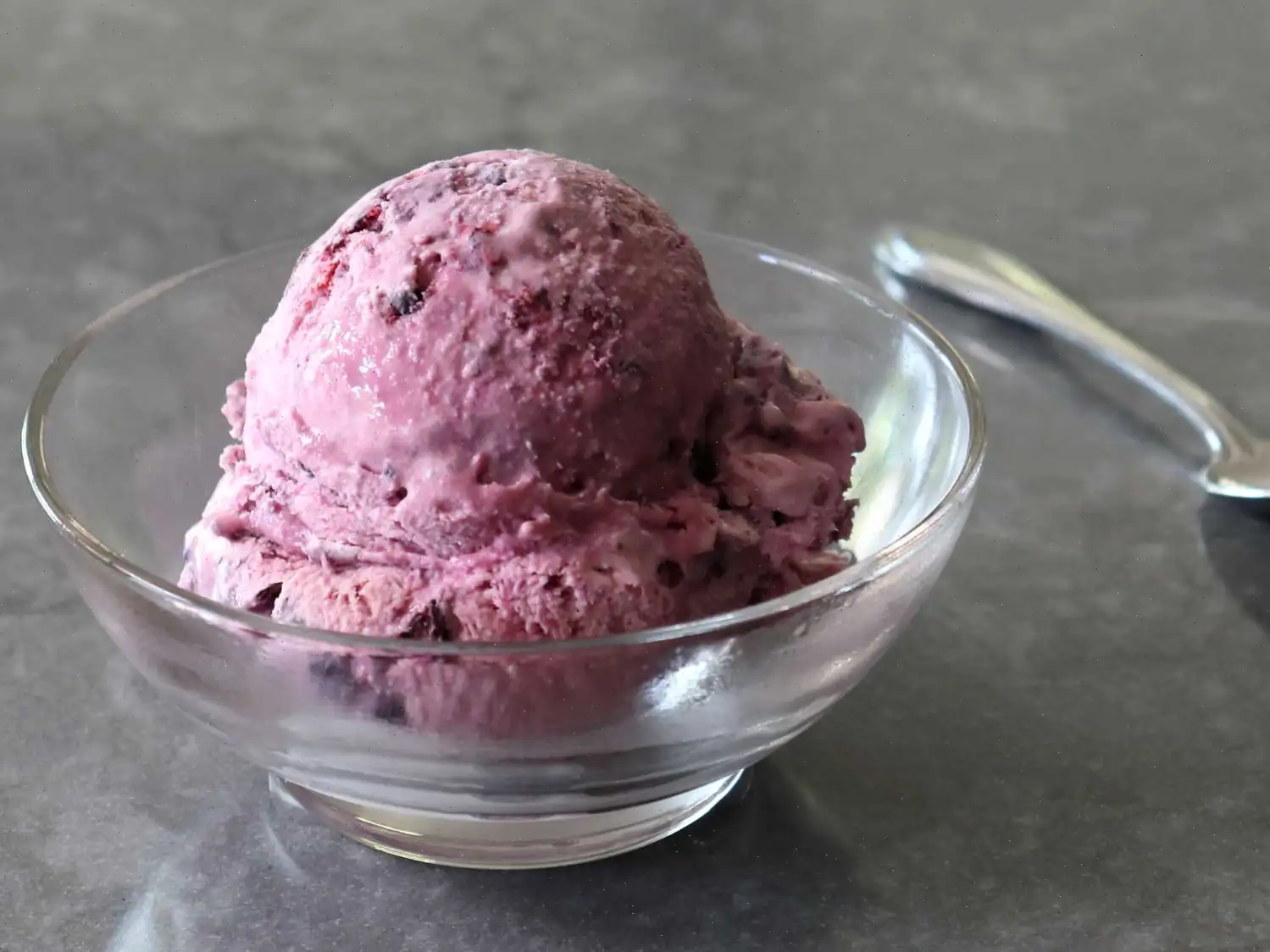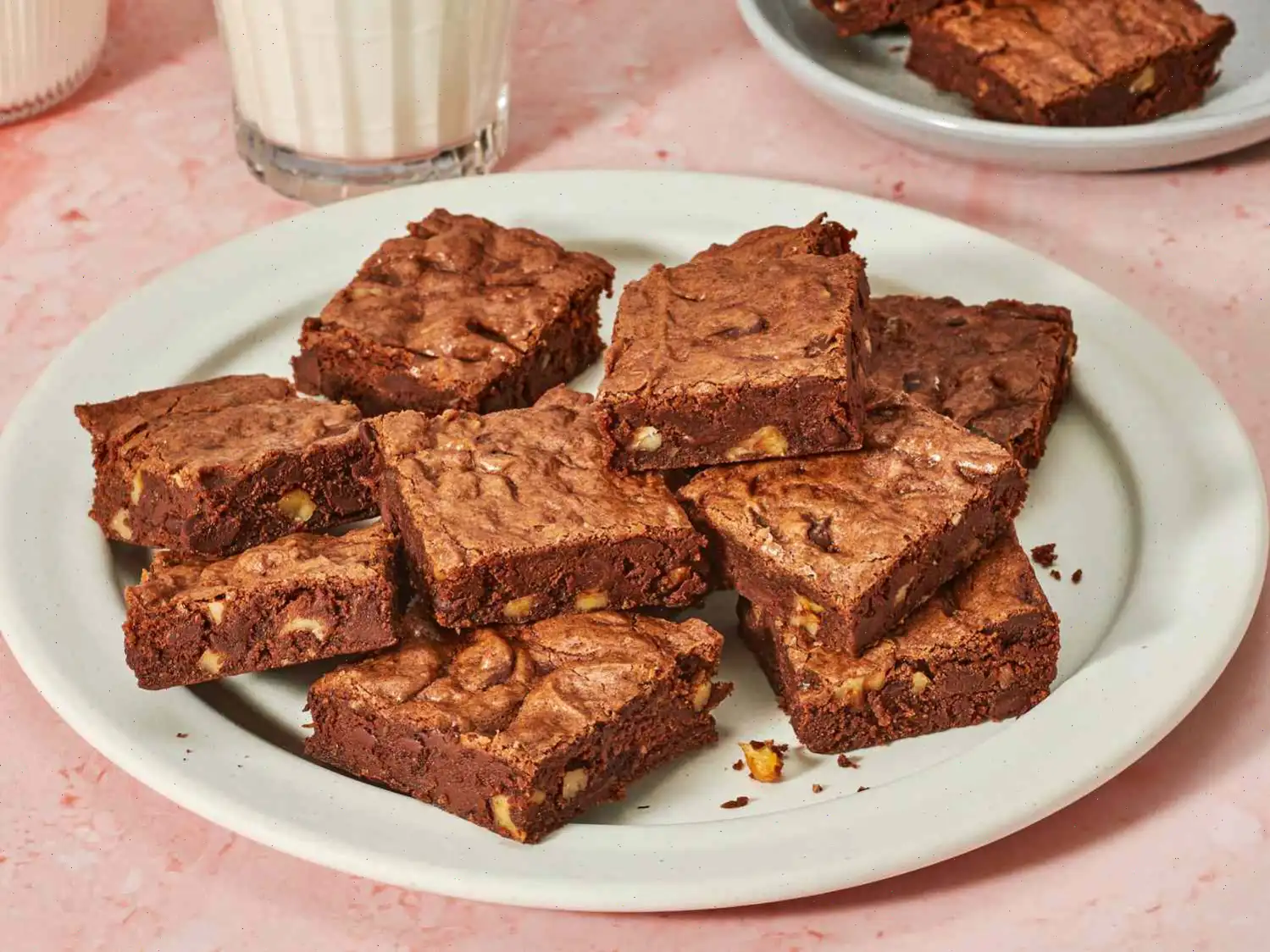
Mandelmakronen (Almond Meringues) Recipe
Ingredients
- 4 egg whites
- 1 cup white sugar
- 1 cups almond flour (or more as needed)
- teaspoon ground cinnamon
Directions
Step 1: Preheat the oven to 300F (150C) and line two baking sheets with parchment paper.
Step 2: In a glass, metal, or ceramic bowl, beat the egg whites until stiff peaks form.
Step 3: Gradually add the white sugar, 1 teaspoon at a time, while continuing to beat at high speed.
Step 4: In a separate bowl, combine the almond flour and ground cinnamon, then fold this mixture into the egg whites using a spatula.
Step 5: If the mixture is too runny, add more almond flour to reach the desired consistency.
Step 6: Use two teaspoons to drop small mounds of the almond mixture onto the prepared baking sheets, spacing them 2 inches apart.
Step 7: Bake in the preheated oven for 15 to 20 minutes, or until the cookies are lightly browned and cooked through.
Step 8: Carefully remove the cookies from the baking sheets and transfer them to a wire rack to cool.
Nutrition Facts (per serving)
| Nutrient | Amount | % Daily Value |
|---|---|---|
| Calories | 40 | - |
| Total Fat | 2g | 2% |
| Saturated Fat | 0g | 1% |
| Sodium | 5mg | 0% |
| Total Carbohydrate | 5g | 2% |
| Dietary Fiber | 0g | 1% |
| Total Sugars | 4g | - |
| Protein | 1g | 2% |
| Calcium | 0mg | 0% |
| Potassium | 5mg | 0% |
* Percent Daily Values are based on a 2,000 calorie diet. Your daily values may be higher or lower depending on your calorie needs.

Origin and History of Mandelmakronen
Mandelmakronen, or almond meringues, are traditional German sweets that have become particularly popular during the holiday season. Their origins date back to the 19th century in Germany, where the use of almonds in desserts was common due to the country's rich almond cultivation. The word "makronen" is derived from the Greek word "makros," meaning "large" or "long," which refers to the size and shape of the original macaroons. While almond-based desserts have a history in various European countries, the German versionoften associated with Christmasfeatures a simple yet rich combination of egg whites, sugar, and almonds, creating a delicate and crisp treat.
Regional Variations
Although Mandelmakronen are known throughout Germany, the recipe can vary slightly depending on the region. In the southern regions, especially in Bavaria, the cookies are often enriched with a hint of cinnamon, giving them a warm, spicy note. In other parts of Germany, the cookies may also include a splash of almond extract or a coating of powdered sugar. Some variations might even be baked to a golden brown, while others remain soft and chewy in the center. Despite these regional differences, the core ingredientsegg whites, sugar, and ground almondsremain unchanged, providing the familiar almond flavor that makes this treat so beloved.
What Makes Mandelmakronen Unique
While Mandelmakronen may seem similar to other almond-based cookies, such as French macaroons (made with almond paste or flour), they differ in texture and preparation. Unlike French macaroons, which are typically filled with ganache or buttercream, Mandelmakronen are a simpler meringue-style treat that focuses purely on the almond flavor. Their airy, crispy texture contrasts with the chewy center, making them light yet satisfying. Additionally, the use of egg whites and almond flour instead of whole almonds or almond paste gives them a unique, melt-in-your-mouth quality that sets them apart from other almond cookies.
Where Are Mandelmakronen Usually Served?
Mandelmakronen are a popular treat in Germany, particularly during the Advent season leading up to Christmas. They are often served at holiday parties, alongside other traditional German Christmas cookies such as Lebkuchen (gingerbread) and Spekulatius (spiced cookies). Their delicate texture and mild sweetness make them an ideal addition to a festive cookie platter. Outside of Germany, Mandelmakronen can also be found at German-themed bakeries and cafes around the world, especially during the winter months when people seek out holiday treats.
Interesting Facts About Mandelmakronen
- The combination of egg whites, sugar, and almond flour makes Mandelmakronen naturally gluten-free and dairy-free, making them a perfect option for those with dietary restrictions.
- Almonds have been used in sweets for centuries and were considered a symbol of good luck in many European cultures. Eating almond-based treats like Mandelmakronen during the holiday season was thought to bring prosperity for the coming year.
- These cookies are also low in carbohydrates, especially if made with sugar substitutes, which makes them a popular choice for those following low-carb or ketogenic diets.
- In some regions of Germany, Mandelmakronen are believed to have protective qualities and are sometimes hung as ornaments on Christmas trees to ward off evil spirits.
Conclusion
Whether you are baking them for Christmas or simply looking for a light, almond-flavored treat, Mandelmakronen offer a delightful balance of crunchy and chewy textures. Their simple yet elegant composition highlights the flavor of almonds, making them a timeless favorite in German baking traditions. The history, regional variations, and unique characteristics of these cookies help explain their enduring popularity and their cherished place in holiday celebrations.
FAQ about Mandelmakronen (Almond Meringues) Recipe
Comments
Maria Miller
12/21/2023 10:49:37 PM
Great and easy method to utilize extra egg whites: I included just 1/4 tsp cinnamon and a dash of mace. I plan to reduce the sugar by 1/4 cup next time and potentially increase the almond flour to around 1/2 cup based on the desired texture. These cookies are delicious, offering both crunchiness and a delightful chewy center. They provide a welcome change from my typical marzipan or Italian almond cookies when it comes to using up leftover egg whites.








